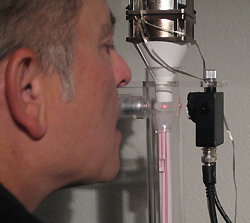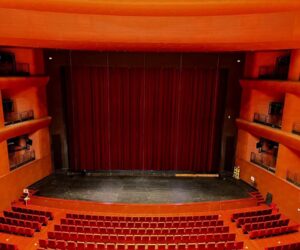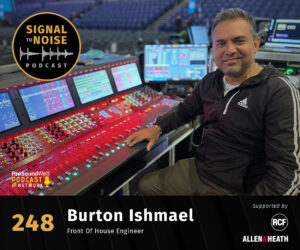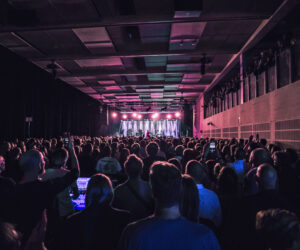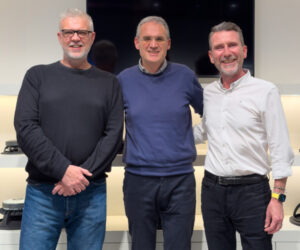Laser-Accurate microphone technology, developed by Schwartz Engineering & Design (SED), will be demonstrated throughout the upcoming AES Convention at the Javits Center in New York this October (9-12).
Instead of the conventional diaphragm whose resonance creates electrical impulses against a coil or a back plate, Laser-Accurate technology uses a laminar stream of air in a chamber in which microscopic particles are suspended.
When excited by changes in air pressure, the movement of these particles is detected by a laser beam that continuously passes through the chamber aimed at a photoelectric cell opposite the laser source.
According to a press statement on behalf of the company, “As a result, Laser-Accurate will produce the most accurate and precise transduction of any sound. It is, in essence, the Perfect Microphone, capturing sound unadulterated by the mechanical motion of the diaphragm and the inevitable time lags caused by that movement.
“In the design of Laser-Accurate, the diaphragm or plate is replaced with microscopic particles dispersed in a gas-filled chamber in which the laminar flow of the gas is constant. Detection of the displacement of the airstream and particles by a laser and optical receiver creates a completely non-intrusive method by which to measure the movement of air. This arrangement means no significant mass stands between the source of the sound and the transduction of it to a recording media.
“An entire professional audio culture has been built upon the colorations that various microphones bring to music. Laser-Accurate does not threaten that culture in any way; rather, in addition to providing an absolutely pristine transduction process, it also acts as the ultimate standard by which all microphones can be evaluated.”
Laser-Accurate technology has been developed by David Schwartz of Schwartz Engineering & Design (SED), who holds six digital audio patents, including one that is the basis for the MP3 file format.
“The color that certain microphones bring can be fantastic,” he says. “The problem is, you can’t have all of them, all of the time, meaning that all music recording is a compromise of some sort. With Laser-Accurate technology, all the tonal processing would take place after the sound is converted to a voltage, not during the act of recording it.” A pristine signal offers a new world of possibilities, including the potential to create “plug-in”-type chip-based processors that mimic the characteristics of classic microphones and pre-amps, much as modeling guitar amplifiers routinely do now.
Again, Laser-Accurate technology will be demonstrated throughout the four days of the upcoming AES Show in New York at the Schwartz Engineering & Design booth.


